
All Lectures Are Delivered Virtually & Free!

All Lectures Are Delivered Virtually & Free!
Lectures in Year 2022

All Lectures Are Delivered Virtually & Free!
December 1, 2022 (Thursday) at 7:30 PM Central Time (US and Canada)
The John P. McGovern Hall of the Americas 2.0: We are Still Here!
Speaker: Dirk Van Tuerenhout, Ph.D.

Dirk's lecture will elaborate on the preparations for the renovation of the hall, and identify some of the main differences between the previous hall and its newest version. Dirk will also show some of the incredible new acquisitions. Don’t miss this captivating lecture!
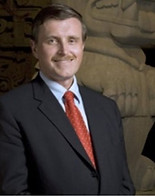
Speaker Biography: Dr. Dirk Van Tuerenhout, HMNS Curator of Anthropology, is an expert in human cultures, especially those of Latin America, and is well versed in archaeology and anthropology. He took part in excavations of Late Roman ruins in his native Belgium, and Maya ruins in Belize and Guatemala. Currently, Dirk takes care of the John P. McGovern Hall of the Americas. He also has served as curator of traveling exhibitions such as Pompeii: The Exhibition (2021), The Dead Sea Scrolls (2004), Mummy: The Inside Story (2005) and Imperial Rome (2007), Lucy’s Legacy: The Hidden Treasures of Ethiopia (2007), Secrets of the Silk Road (2010), and The Cave Paintings of Lascaux (2014). Dirk has a Master’s degree in Ancient History and another in Art History and Archaeology, both from the Katholieke Universiteit Leuven, Belgium, as well as a M.S. and a Ph.D. in Anthropology from Tulane University.
November 3, 2022 (Thursday) at 7:30 PM Central Time (US and Canada)
The Search and Discovery of the Texas Navy Warship Zavala
Speaker: Justin Parkoff, Ph.D.

Dr. Justin Parkoff will talk about how the Charleston, a commercial passenger steamer for luxury travel, became the Texas Navy Ship (TNS) Zavala and one of the first successful steam warships of her age. After her conversion in 1838, she was renamed in honor of Lorenzo de Zavala, the first vice president of the Republic of Texas. The vessel served in several key operations before suffering storm damage trying to reach her home port of Galveston. After decades of decay, she eventually sank. Finally in 1986, archaeologists began exploring the supposed wreck site. Justin will detail the excavations, discoveries and controversies. To date, there are no accurate images of the Zavala. However, Justin discovered a photo depicting the actual vessel. During his lecture, he will reveal the unpublished image. Don’t miss this lecture!
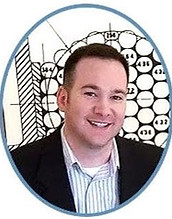
Speaker Biography: Dr. Justin Parkoff is a Texas A&M University graduate who joined the Texas Maritime Museum (TMM), Rockport, Texas, in April 2020. He is a registered professional marine archaeologist with a background in conservation, historic preservation, and museum exhibit design. Prior to joining the TMM, Justin served as an archaeologist and conservator on maritime projects for the U.S. Naval History and Heritage Command, the U.S. Army Corps of Engineers, the Texas Historical Commission, and the AECOM’s Culture Resource Management Division. These projects involved analyzing artifact assemblages discovered along the Texas Gulf Coast and in the upper Delaware River Valley. Justin’s private research focuses on steamship technology and 19th century maritime history. For this reason, Justin has consulted on a variety of Texas State projects that analyzed steamship wrecks.
September 1, 2022, Thursday, at 7:30 PM Central Time (US and Canada)
Endocranial Anatomy and Ontogeny in Triceratops
Speaker: Ashley Morhardt, Ph.D.
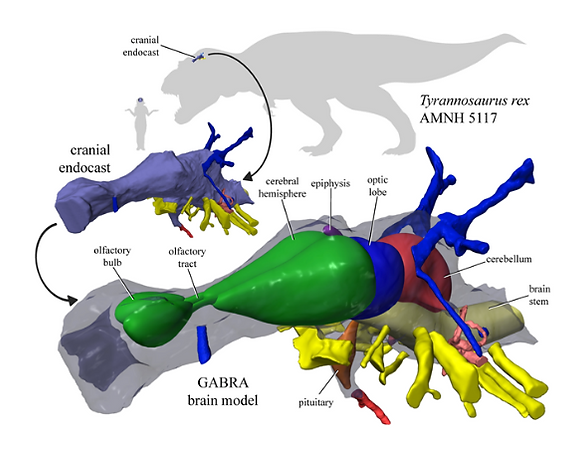
Ashley will discuss the methods by which fossilized dinosaur brain cavities are used to digitally reconstruct anatomical models of dinosaur brains, as well as how digital brain models provide data for the study of brain evolution and ontogenetic (growth) development. Don’t miss this fascinating lecture!
To learn more, click the link to an article provided by Dr. Morhardt entitled "This May Be The First Dinosaur Brain Ever Studied. What Can It Teach Us." The article was published in Popular Science by Kate Baggaley, 2016.
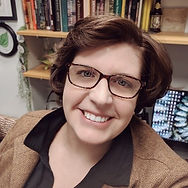
Speaker Biography: Dr. Ashley Morhardt is a paleontologist and Assistant Professor of Anatomy in the Department of Neuroscience at Washington University School of Medicine in St. Louis, Missouri. She holds degrees from Illinois College, Western Illinois University, and Ohio University. Ashley’s research involves soft-tissue reconstruction and the study of brain evolution in extinct dinosaurs. Her research has spawned numerous peer-reviewed publications, and her research topics have been featured in popular outlets such as National Geographic, National Public Radio, and Smithsonian Magazine. When not conducting research, Ashley teaches human gross anatomy to medical students and serves as the collaborating paleontologist for the St. Louis Science Center. Ashley was recently elected to the prestigious Academy of Educators at Wash University School of Medicine. In her free time, Ashley enjoys photography, travel, and family time.
May 5, 2022, Thursday, at 7:30 PM Central Time (US and Canada)
Discovering the Wonders of Ancient Salona, Croatia
Speaker: Nancy Engelhardt-Moore
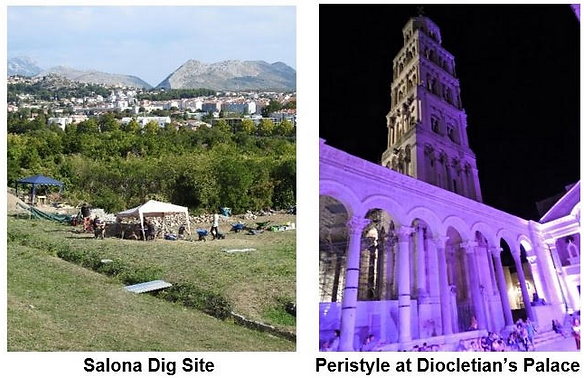
For our February lecture, Dr. Dino Demicheli, University of Zagreb, gave a great presentation on the history of Dalmatia and the province’s best-preserved Roman site, Salona, the ancient Dalmatian capital. Nancy and her husband, Bob Moore, have been participating in archaeological excavations with Dr. Demicheli at the Salona site since 2019 (please see the picture on this website homepage). As a follow-up lecture, Nancy will talk about their personal experiences and adventures that include exploring Roman sites like Diocletian’s Palace, walking underground in an aqueduct and discovering artifacts at ancient Salona. Don’t miss this fascinating lecture!
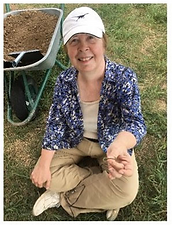
Speaker Biography: Nancy L. Engelhardt-Moore is a geologist & paleontologist who has a fascination for travel, photography, history and archaeology. She graduated from the University of Wisconsin Whitewater with a BA in Fine Art and from Northern Illinois University with a MS in Geology & Micropaleontology. After working 36 years in the Oil & Gas industry, she retired in September 2016 and is now pursuing a variety of personal interests. In February, 2021, Nancy and her husband, Bob Moore, co-founded the Engelhardt-Moore Lecture Series, which features monthly guest speakers. She is a Mentor Docent at the HMNS and volunteers for a variety of activities including Special Exhibits, the Paleo Hall and Lab, and Docents-to-Go (past Co-Chair). Nancy participates in both paleontological and archaeological digs around the world including with the Houston Museum of Natural Science, Burpee Museum of Natural History and University of Zagreb, Croatia. In addition, she co-authors scientific papers, gives talks and has been in National Geographic documentaries.
April 7, 2022, Thursday, at 7:30 PM Central Time (US and Canada)
A River of Dinosaurs! A Decade of Digging at the Late Jurassic Hanksville-Burpee Dinosaur Quarry, Utah
Speaker: Josh Mathews
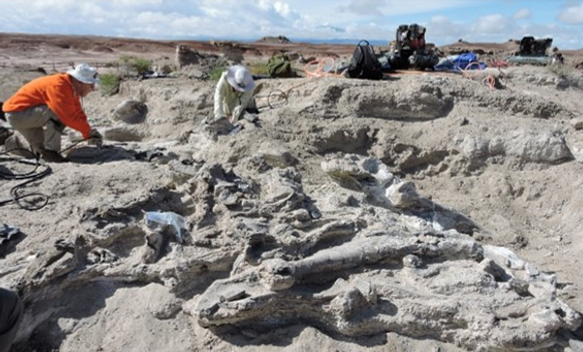
The Quarry, located on land administered by the Bureau of Land Management, is a dinosaur dominated bonebed in the Brushy Basin Member of the Morrison Formation in south central Utah. Field crews from the Burpee Museum located the site in 2007 and have been excavating it for nearly 15 consecutive summers, since its discovery. The bone-bearing unit extends more than 1 kilometer to the northeast and is interpreted as a mass accumulation of fossils deposited within a braided-river system. To date, over 1,000 fossils have been recovered. Josh will detail the outstanding fossil discoveries. Mark your calendar and don’t miss this fascinating lecture!
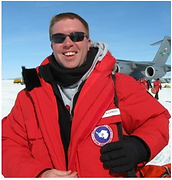
Speaker Biography: Josh Mathews, Ph.D. Candidate, Northern Illinois University, currently is VP of Operations & Research, and the Engelhardt-Moore Director of Paleontology at the Burpee Museum, Rockford, IL. In 2003, he received B.S. degrees in Biology and Geology from the University of Wisconsin-Whitewater. Then in 2004, Josh began volunteering in the fossil prep lab at Burpee Museum. In 2005, he joined the Burpee expedition to southeastern Montana that led to the discovery of the sub-adult Triceratops, Homer. The Homer Site became the focus of his Master’s thesis at NIU. Upon completion, Josh was Chief Fossil Preparator and Research Assistant in the Geology Department at Augustana College. In 2014, he returned to NIU to pursue his Ph.D. For his doctoral research, Josh is studying the biostratigraphy of the Hell Creek Formation in Carter County, Montana and documenting faunal changes throughout the formation up to and across the K-Pg Boundary. In addition, he conducts research and prepares, and leads summer expeditions to field sites in southeastern Montana and southern Utah.
March 3, 2022, Thursday, at 7:30 PM Central Time (US and Canada)
Hunting and Animal Exploitation in the French Upper Paleolithic
Speaker: Gail L. Peterkin, Ph.D.
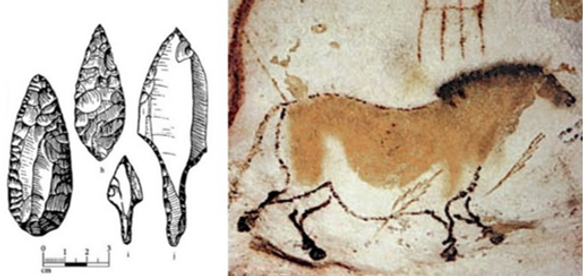
Subsistence is the fundamental goal of all humans, and hunting and gathering was the sole means of subsistence prior to the advent of agriculture. The Upper Paleolithic of Southwest France is ideal for the examination of prehistoric hunter-gatherers. The regional sequence has been studied and well documented for over a century, since there is an abundance of artifacts and faunal remains necessary for the use of statistical analyses. Analyses of the lithic and organic weapons suggest they can be grouped based on general morphology and the mechanics of hafting. Studies show that weapon types are related to the patterned exploitation of faunal species. Therefore, during the Upper Paleolithic, specific prey species were selectively exploited using carefully chosen weapon armatures (structures) that were best suited to climate, terrain, and the behavior of the species under pursuit. Please join us for this fascinating lecture on Upper Paleolithic technology and hunting strategies.

Speaker Biography: Dr. Gail Larsen Peterkin holds a Ph.D. in anthropology from Tulane University, where she specialized in French Paleolithic archaeology. She has authored and edited several papers and books. Her field experience includes Paleolithic sites in France as well as prehistoric and historic sites in the American Midwest and Southeast. While in New Orleans, she taught anthropology, geography and geology at Tulane University and Delgado Community College. Gail directed Tulane’s Cultural Resources Management program, and was a principal investigator and the lab director for R. Christopher Goodwin & Assoc. Now, she volunteers at the Houston Museum of Natural Science (HMNS) and is a master docent specializing in anthropology and archaeology. Gail edits the HMNS Dashing Diplodocus newsletter and has served as president of the HMNS Volunteer Guild. She also serves on the board of Archaeology Now (Archaeological Institute of America Houston Society) and is active in numerous related organizations.
February 3, 2022, Thursday, at 7:30 PM Central Time (US and Canada)
The Roman Province of Dalmatia
Speaker: Dino Demicheli, Ph.D.
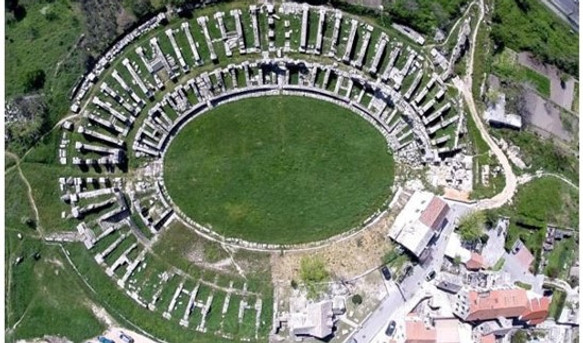
The final stage of Roman war operations in Illyricum at the beginning of the first century ended with the establishment of full control over this area and the formation of two Roman provinces, one of which, Dalmatia, will be the topic of this lecture. The heterogeneous natural landscape of this province led to different levels of development: most conspicuous is the distinction between its coastal region and hinterland. Where urbanization, connectivity, a developed economy, and epigraphic culture characterize the maritime strip, these features are not so present in the Dalmatian interior. The capital of Dalmatia was Salona, which is also the province’s most important and best-preserved Roman site, but there are hundreds of other sites with enormous archaeological potential. According to the archaeological and epigraphic evidence, one can conclude that Dalmatia was prosperous, but more importantly, successful in keeping its cultural values throughout later centuries.
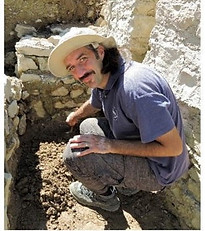
Speaker Biography: Dr. Dino Demicheli is an associate professor at the Department of Archaeology, Faculty of Humanities and Social Sciences, University of Zagreb. His current main interest is the epigraphy of Roman Dalmatia and the archaeological excavations of the Dalmatian capital, Salona located in the modern town of Solin, Croatia.
